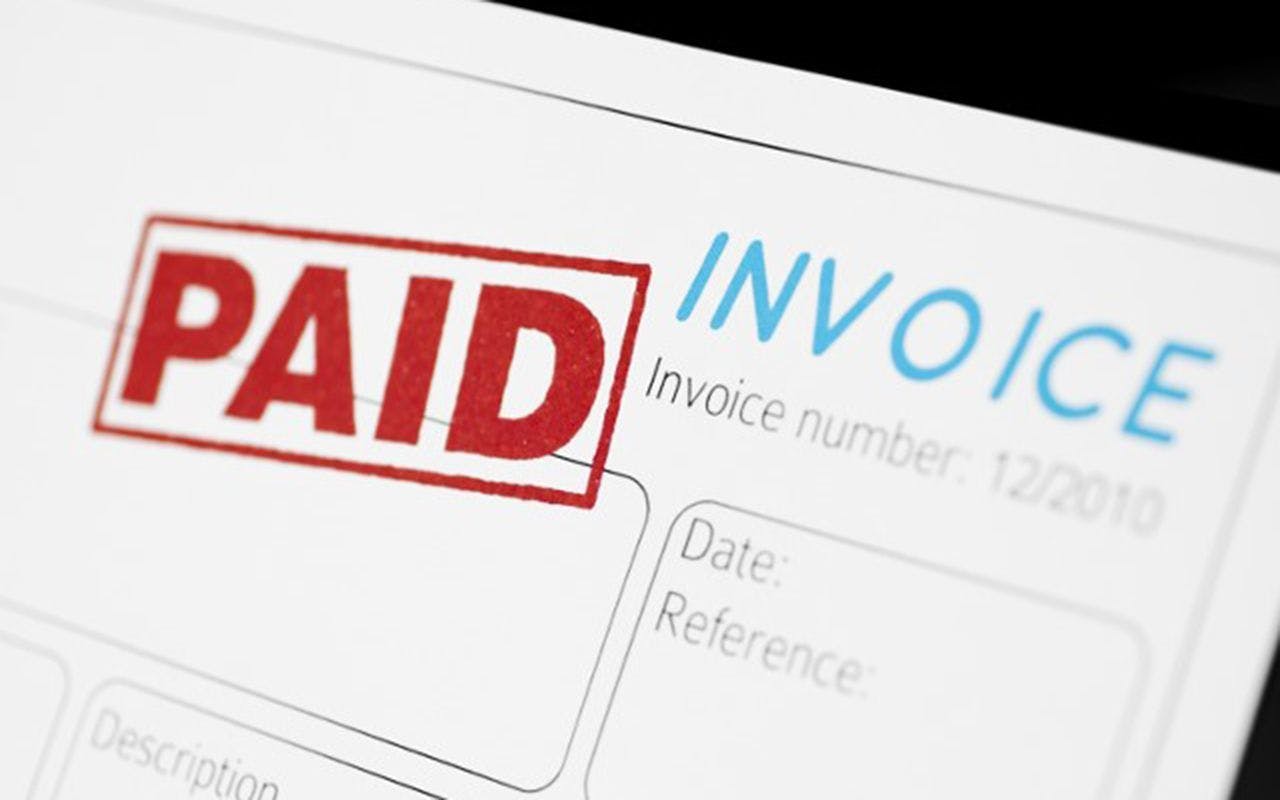
It Pays to Automate Accounts Receivables
Distributors in building and construction supplies are well aware of the benefits automation can deliver. When it comes to the physical supply chain in particular, automation leads to improved fulfillment management, optimized processes and increased profits. However, the impact automation can have on the financial supply chain is often overlooked.
Processing thousands of invoices per month is no easy feat—especially when it requires labor-intensive processes. From printing invoices and stuffing envelopes to individually applying payments to customer accounts and updating the ERP, it’s no wonder accounts receivable (AR) departments can quickly fall behind in the invoice-to-cash process. Poor cash flow does not only hurt efficiency, it can also negatively affect customer and employee satisfaction.
In the same way, automation is helping distributors rise to the challenge of customers demanding faster and better results. It can also improve AR efficiencies—ultimately saving companies time and money. With an investment in the right automated financial supply chain or payment cycle management (PCM), distributors can experience all the benefits of an accelerated internal process.
The PCM Difference
Traditionally, the invoice-to-cash process has been one riddled with manual inefficiencies. And those inefficiencies come at a steep price for distributors. The invoice demands—which often require working among manufacturers, dealers and even the consumer—can add up quickly. A slow and costly invoice process can also have major implications down the line, such as driving up days sales outstanding (DSO), inhibiting potential growth and profit, and even wasting money on postage and paper.
An automated payment cycle management solution enables an AR department to optimize three important components of the financial supply chain: invoice delivery, invoice payment and cash application. Once a PCM solution begins to automate these critical parts of the invoice-to-cash process, distributors will be able to see some distinct changes in their business.
- Accelerated cash flow. Faster invoice delivery and payments mean reduced DSO and lower costs when it comes to processing.
- Improved operational efficiencies. With manual processes left behind, automation sets the stage for a lower risk of human error. Distributors are also freed up to focus on strategic initiatives rather than worry about the AR department.
- More transparency. Cloud-based solutions deliver real-time updates and flexible access, making it easier for all stakeholders to understand what’s going on with cash flow.
Many industries stand to benefit from PCM, from construction and building supplies to machinery and equipment manufacturing.
One of the largest independent distributors of caulking and sealants, waterproofing, concrete repair, and fire protection products in the United States saw its daily payment processing increase 40 percent as a result of introducing a PCM solution. The business was able to reallocate one full-time employee to focus on other critical business operations through the time saved by automating its AR department. In the case of a steel distributor, automated AR saved the company $35,000 a year while boosting invoice volume by more than 25 percent.
Automation can be a powerful tool, but only when it’s used to its full potential—meaning external and internal processes.
Automation Wins
Driving efficiency and keeping every player in the supply chain happy are top priorities for distributors. However, it can be easy to forget the huge role the financial supply chain plays in making that a reality. With increased cash flow, greater efficiency and improved customer satisfaction, PCM solutions can offer distributors access to significant growth opportunities. These solutions bring the focus back to the final, and most important, leg of the supply chain: ensuring payment for products and services.
When distributors spend their time and money on building up their business, versus plugging the holes of a sinking invoice process, they can better serve customers and manage supplier relationships. Altogether, automated solutions present benefits for both sides of an invoice payment, as bill recipients/customers experience a more convenient way to do business and sellers/distributors see reduced costs and improved cash flow.
Automation delivers a win-win situation for the entire supply chain and remains one of the easiest ways for distributors to cut the slack and better their business.
Related stories








